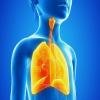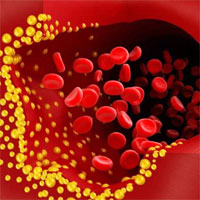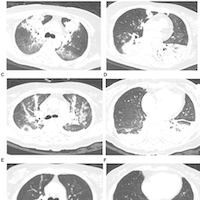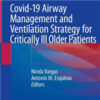Subtle Presentations of Shock in the ED Setting
emdocs.net
The patient was a 2-year-old female with a history of allergy to peanuts who was brought to the emergency department by her mother because of a complaint of allergic reaction. Twenty minutes prior to arrival, the patient had an accidental exposure to peanuts. Her mother says she developed a rash on her arms and was holding her belly.
The Take Away:
Anaphylaxis may be under-recognized and under-treated among emergency physicians.
Mucocutaneous manifestations may be absent in 10 to 20 percent of patients presenting with anaphylaxis, including in severe cases.
Infants and children may meet criteria for anaphylaxis with a low blood pressure and all infants and children should have blood pressure documented and compared to norms for their age group.
Pearls & Pitfalls:
Avoid anchoring on a single diagnosis, especially among a demographic at higher risk of presenting with atypical and vague symptoms such as the young and the elderly.
Maintain a broad differential diagnosis when approaching an elderly patient in discomfort or distress, even in the absence of vital sign instability.
Shock index is a useful noninvasive bedside assessment of circulatory status defined by the ratio of heart rate to systolic blood pressure whose elevation may help identify shock early on.
Suspect tension pneumothorax in any patient breathing unassisted with respiratory distress, even in the absence of hypotension and tracheal deviation.
Consider anaphylaxis even in the absence of mucocutaneous symptoms, which may be absent in up to 20 percent of anaphylaxis cases.















